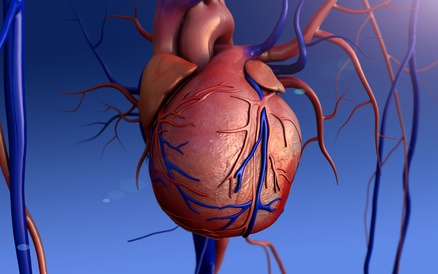Implant depth greater than the length of the membranous septum is an independent predictor of permanent pacemaker implantation. Valve implantation 3 to 5 mm below the aortic annulus in a projection coaxial to the device is recommended. The problem is this is rarely in the annular plane of the valve.

Ideal annular plane projection is normally suggested by CT. For CoreValves, correction of parallax was achieved by adding right anterior oblique caudal angulation, which preserves the anatomic annular plane of the native valve and produces an overlap of right and left coronary cusps (cusp overlap).
This differs from manufacturer recommendation to use left anterior oblique angulation. This produces a shallower apparent device depth of 1 to 2 mm.
This technique could enable higher implantation, making the self-expandable valve more competitive in terms of conduction, vs balloon expandable valves.
The risk of excessively higher implantation with this technique might increase paravalvular regurgitation, or even embolization.
Read also: Should Total Occlusion Influence on Revascularization Strategy?
Small observational studies on cusp overlap have shown permanent pacemaker implantation rate lower than 5% for CoreValve and no significant increase in leak or device embolization.
Implantation 3 to 5 mm below the aortic annulus, using a radiographic projection chosen for both the valve and the device can help improve permanent pacemaker implantation rate.
This should be confirmed by multicenter registries, with special attention to low-risk population.
CIRCINTERVENTIONS-120-009258freeOriginal Title Low Rates of Permanent Pacing Are Observed Following Self-Expanding Transcatheter Aortic Valve Replacement Using an Annular Plane Projection for Deployment.
Reference: Anthony D. Pisaniello et al. Circ Cardiovasc Interv. 2021;14:e009258. DOI: 10.1161/CIRCINTERVENTIONS.120.009258.
Subscribe to our weekly newsletter
Get the latest scientific articles on interventional cardiology





